Media | Articles
5 potential Pontiac project cars under $20K
Even though the brand has been retired for more than 12 years, Pontiac fans are still loyal and make up a big portion of the muscle car and classic car market. We have several Pontiac owners on the Hagerty media and valuation staff, so the watercooler chat frequently includes mentions of Poncho project cars and potential future project cars thanks to the Hagerty Marketplace. We skimmed the listings to find some prospects that span a wide variety of enthusiast niches, from light and sporty coupes to big and comfy cruisers. Being realistic, we started with the most affordable and worked out way up. Which one of these five, each under $20,000, is your kind of driving excitement?
1977 Pontiac Trans Am
Yeah, this one’s rough, and it doesn’t have an engine, but bear with us. This is a real Trans Am and its asking price of $6500 could make it a good place to start on the ’77 Trans Am of your dreams, especially if numbers matching isn’t your bag. Want to build a Bandit tribute? Here it is. Looking to welcome the aftermarket with open arms and build a Pro-Touring beast to conquer canyon roads and your local track? This could be the one.
1985 Pontiac Fiero
GM’s first production mid-engine car, the Fiero was billed as an economical commuter but its light weight and mid-engine design naturally made it a fun driver, too. This well-preserved 1985 model is equipped with the largest, most powerful engine option, a 2.8-liter V-6. GM’s 60-degree pushrod V-6s of the era weren’t known for incredible performance, but the Fiero made the most of it. We love the red and tan combo here, and just know it would look amazing at RADwood. We’d find every excuse we could to get behind the wheel of this little beauty of it found its way into our collection.
Marketplace
Buy and sell classics with confidence
1968 Pontiac Grand Prix
We’ve always advocated for late-’60s and early ’70s full-size coupes. Many of them had great lines and came with the same burly V-8s that turned mid-size coupes into muscle cars. This 1968 Grand Prix is a great example, as it packs a Pontiac 400 V-8 behind its stylish perimeter grille and hidden headlights. The engine bay is almost as clean as its white-upholstered interior and the asking price is right at the current #4 (Fair) value. This was the last year for Grand Prix on GM’s B-body platform, but the chassis lived on well into the 1990s and saw lots of suspension and brake upgrades over the years, so OEM plus modifications are a piece of cake.
2007 Pontiac Solstice GXP
The Solstice created quite a buzz when it was launched, with its design translating nicely from concept to production. It sold well and received solid reviews thanks to its spirited handling and solid grip. While its 2.4-liter naturally aspirated four-cylinder base engine wasn’t anything special, the GXP model received a direct-injection 2.0-liter turbo four good for 260 horsepower that gave the compact roadster a solid shot of performance. GM Performance Parts also offered a warranty-backed Stage 1 kit that included a MAP sensor and a tune to add 30 more ponies and a boatload of torque for those that wanted to really surprise the pony cars of the era. This GXP comes with relatively low miles and some fitted luggage, which is good considering the convertible’s strange trunk situation. It’s an awful lot of top-down fun for $15,000.
1972 Pontiac Grand Prix
Pontiac moved the Grand Prix to a long-wheelbase version of the A-body platform in 1969, giving its personal luxury coupe unique proportions. Chevrolet would follow suit with Monte Carlo in 1970. Like the Monte Carlo, the Grand Prix would offer upscale interiors and some powerful V-8 engine options. This clean example is powered by a 250hp version of Pontiac’s 400 V-8 and its interior, chrome, paint—possibly Lucerne blue—and vinyl top look to be in great condition. This one needs nothing, so if you’re looking for a turn-key cruiser it might be your best bet.
Check out the Hagerty Media homepage so you don’t miss a single story, or better yet, bookmark it.
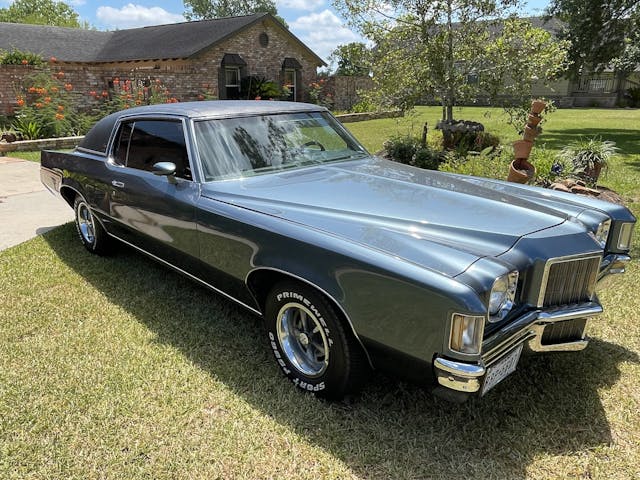
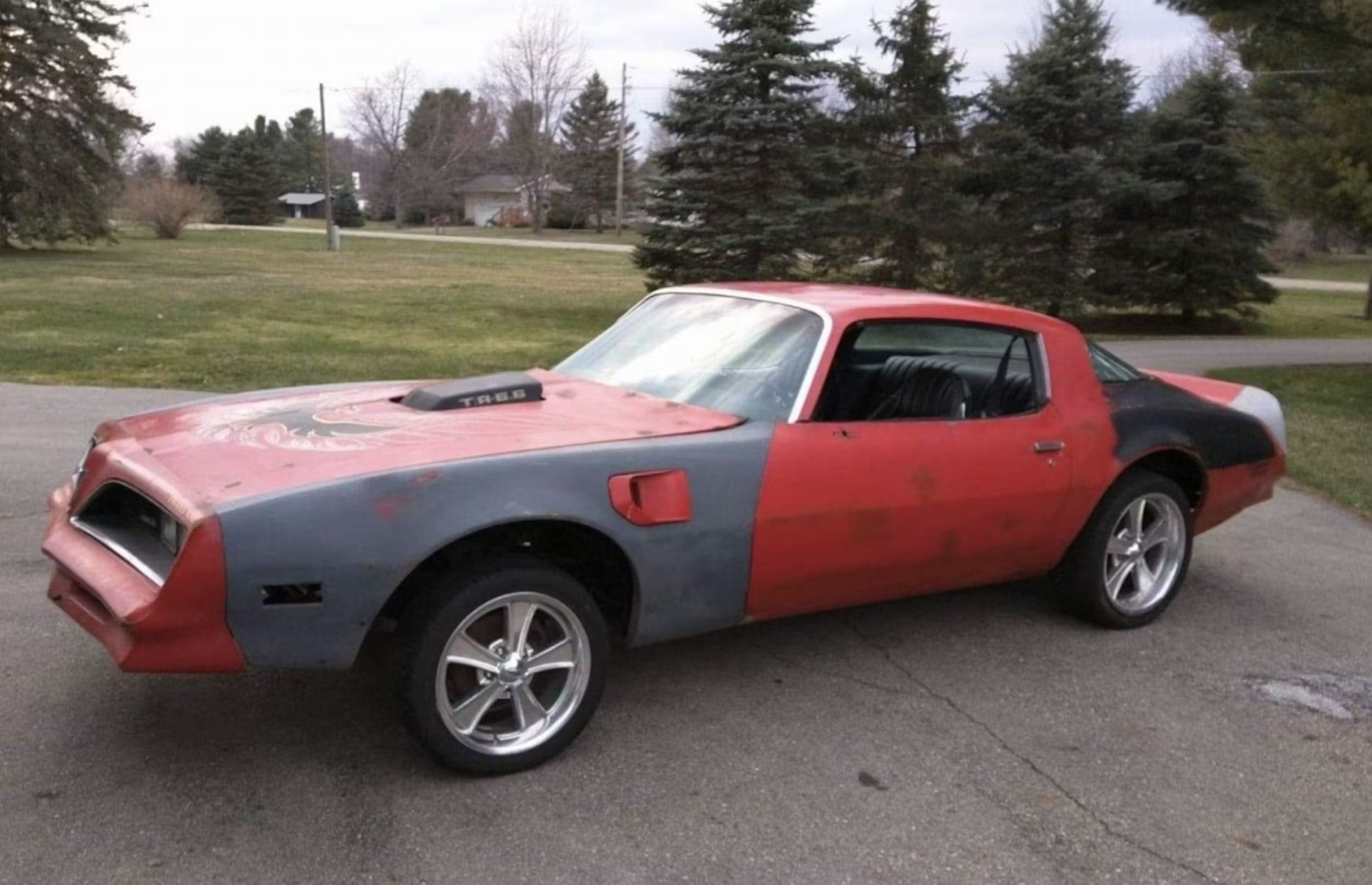
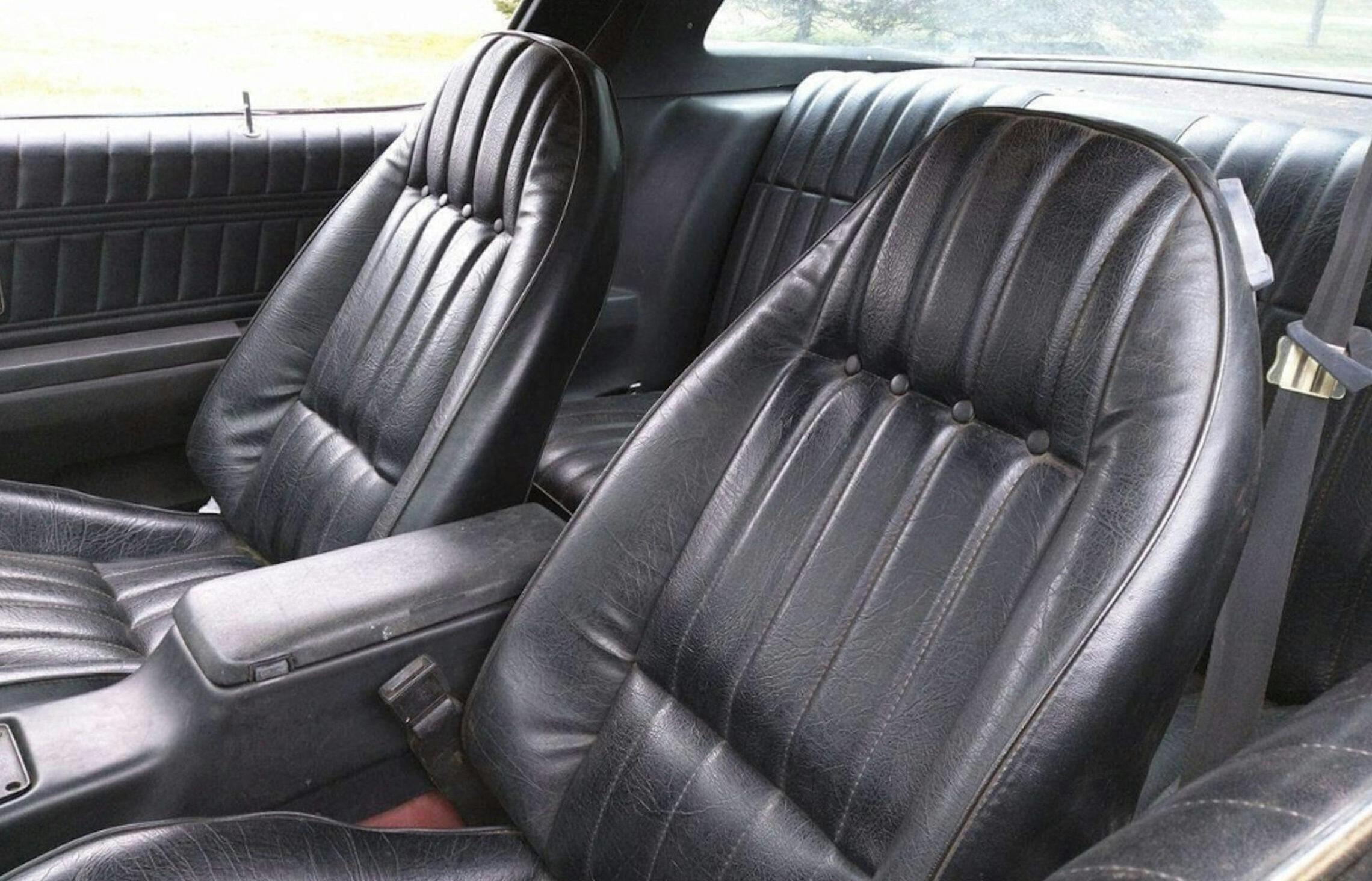








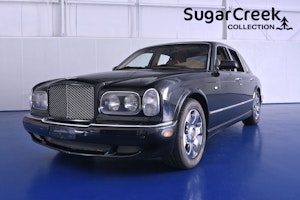

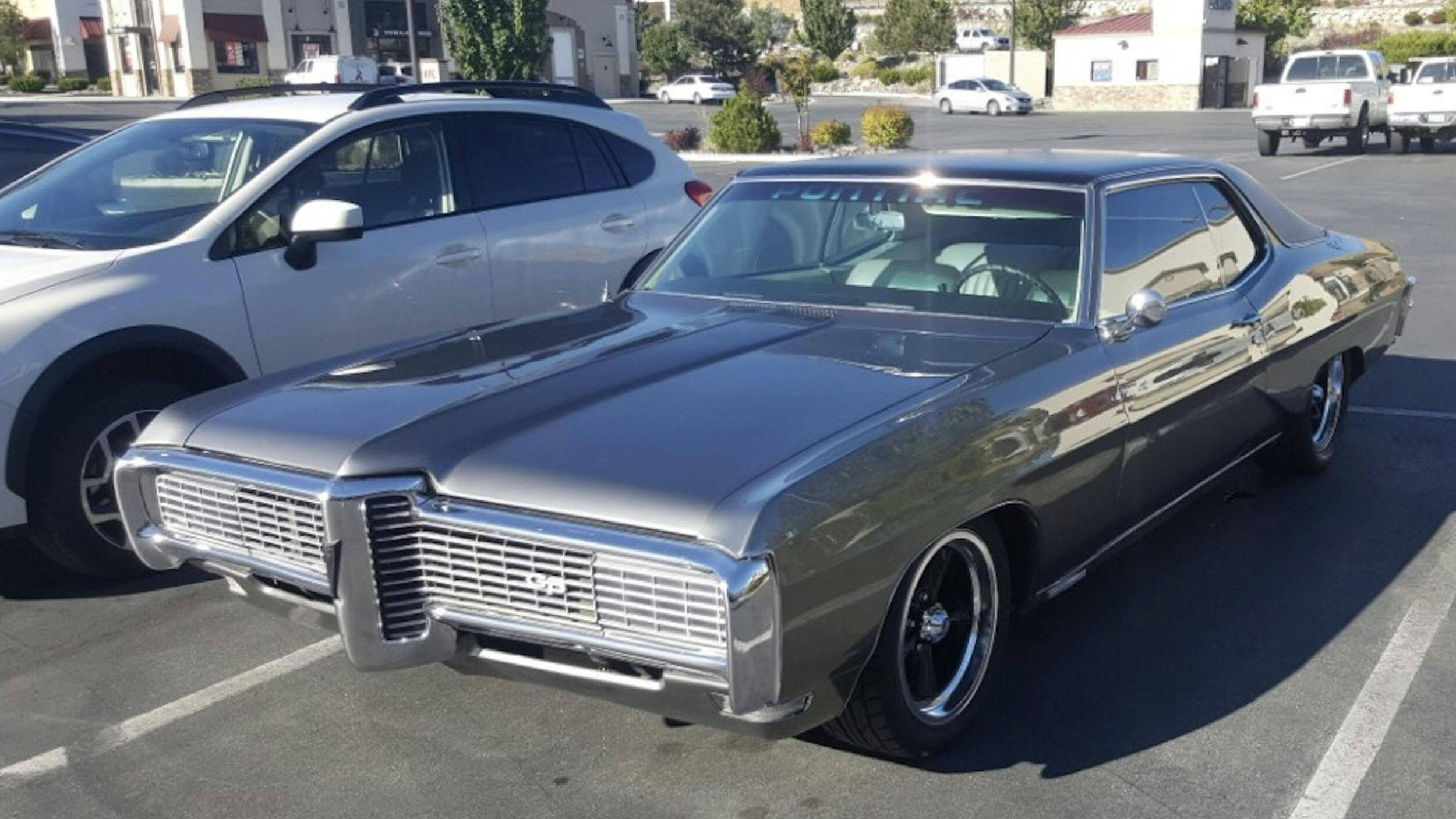




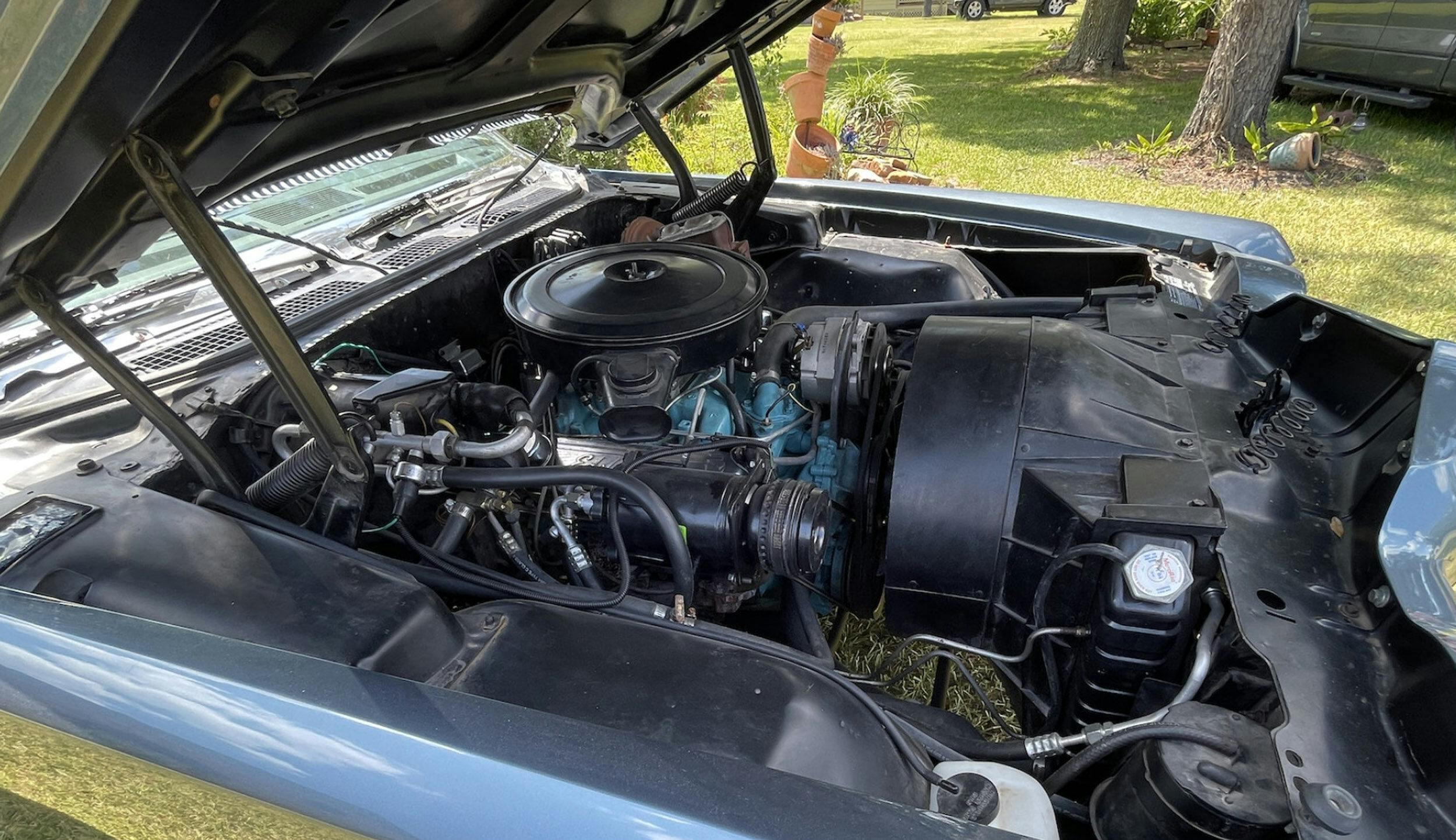












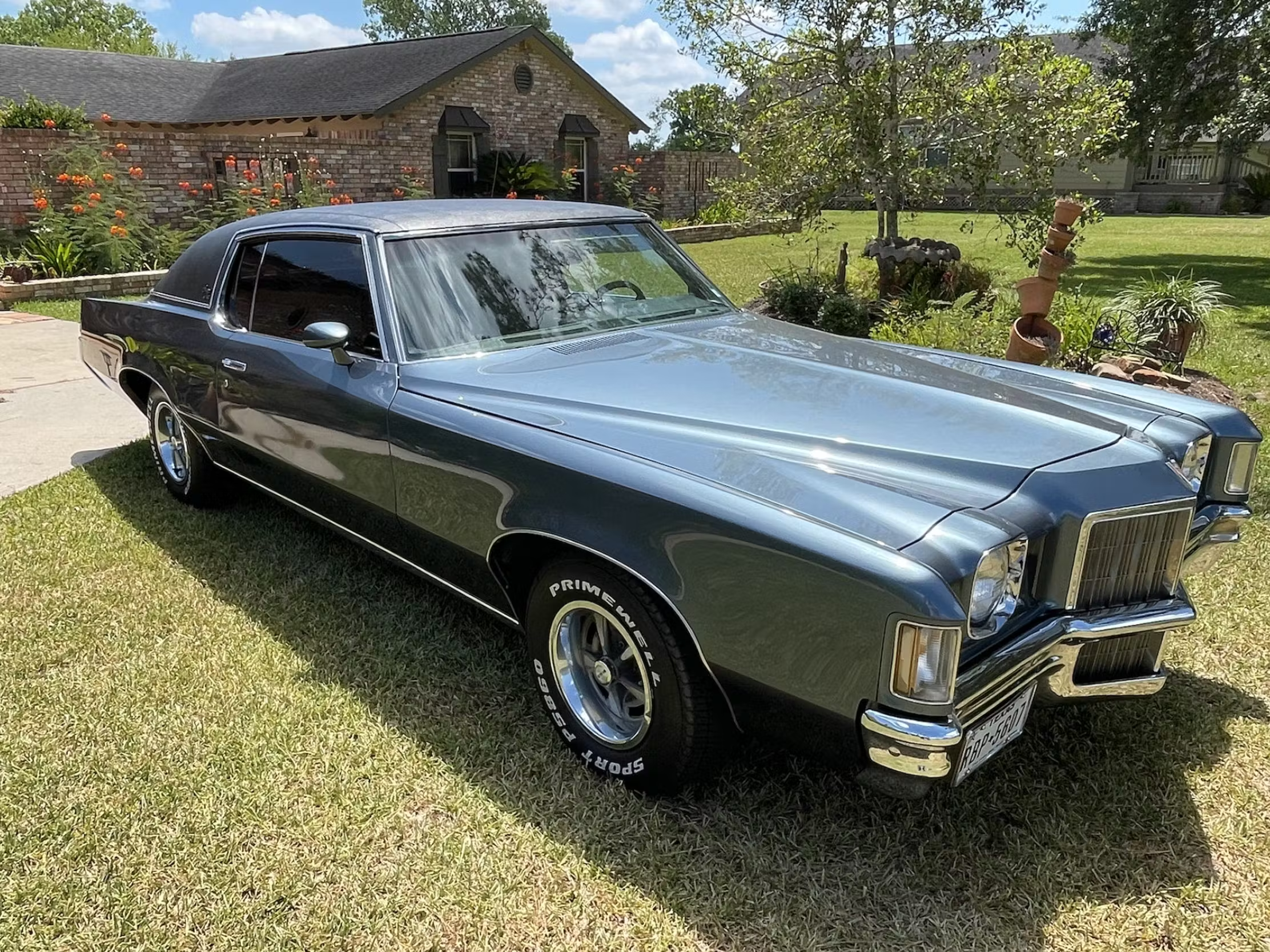
Being a Pontiac guy I agree with all but one choice here. The Firebird is in need of just too much work. Spend a little more and save money in the long run.
Any Solstice will appreciate we’ll look for a coupe now and buy a Turbo.
69-72 GP models are growing. Easy to restore and just a great driving car. Look for 428 early models.
The Fiero here is just what mine looked like stock when I bought it new. The pre 88 cars can be a hood buy even in GT form. The handling is a bit more under steer and bump steer but both can be tuned out of the chassis. Not 88 parts are difficult to buy.
The key to buying a Fiero is to get as low of mile one you can get and buy V6. To restore one correctly can quickly add up to more than you would pay for a original low mile car. Many of these cars were parked and only driven on weekends so 59k mile cars are not hard to find.
Pontiac collecting is a very strong segment. Most of their meets and shows out draw many other brands.
The Pontiac Nationals can see up to 1400 show and drag cars in one weekend in Ohio. POCI is a great club and most cars have easy to fine restoration parts.
Note if you plan to collect a Pontiac a Pontiac specific model or Pontiac powered cars are the most valued.
Respecfully disagree on the F-Bird. If the body is not rusty and full of Bondo, it would not be a bad choice. It doesn’t look all that bad (I come from Illinois where everything is total rust). Parts are out there for it. Not everyone can fork out $20k for a ‘maybe’ restored version of unknown quality. Better to know what you are getting into from the start.
I had a Fiero GT a long time ago. It was a rocket. Got up to 100 in no time.
Did they ever find out why they were catching on fire? I had a problem one time. It started running rough so I opened the engine cover and started looking around. All of a sudden the exhaust manifolds turned cherry red. I quickly turned it off since they were hot enough to cause a fire. Thinking it may be a timing problem, I replace the ignition module. Never had the problem again.
Lee, I was a Pontiac tech during the whole run of Fieros. The 4 cylinders had valve cover and coolant leaks that dripped onto the cat and caught fire (yes, coolant can burn after the water boils off). Running rough and manifolds red?- yea – missfiring so unburned fuel hits exhaust manifold and lights off. Happened alot. I owned a 84 for awhile. Wish I could find a cheap one to convert to Gambler rally car.
Look, I don’t need your enabling. My garage is full already. So is my driveway.
For a Solstice I would get a decent body base model and do an LS/6-speed conversion.
I’ll take any non-’88 Fiero and do a 6-speed and either “High Value” 3.9 V6 or LS conversion, with a GT body panel swap.
To do it right you will have near 20k in it by the time you are done. Engine hood paint and more add up fast.
Good paint on the Bird. Been there done that.
If you do a Fiero engine swap do the LS. Fits best and it weighs close to the stock v6 weight
My first car was a 1970 Lemans Sport back in 1980. My second car was a 1973 Pontiac Grand Prix. I have been a Pontiac fan ever since. I love them. I don’t know why. I just love their styling. BUT! If you are going to be a Pontiac guy, you are going to have to learn how to weld. Sheet metal is hard next to impossible to get for a lot of models, so you will have to patch rust holes. I’ve had to patch a couple holes in the front fenders of my 1974 Grand Am. I wish there was new sheet metal, but until then. https://youtu.be/wPN9443vTi0
I still find it hard to believe GM would kill the Pontiac brand.
Most folks thought the same thing, since they had such a historic muscle car history, but it was later explained that Buick had a huge sales base in China & including other factors, meant keeping Buick made more business sense. Remember, GM was struggling to stave alive financially.
absolutely true,pontiac outsold buick hands down,it was the chinese that invested in the buick.
Not really. Pontiac since the early 80’s really was not bringing the Return on investment like they should have.
The Pontiacs of the later years were just GM styling but little Pontiac was left. Chevy hated Pontiac.
Few at GM understood Pontiac till Lutz arrived but it was too late by then as there was no money to really fix them right.
As it turns out with the decline in car and performance sales it may not have been that bad. If they were still here they would just be rehashed Chevy CUV and SUV models.
That just isn’t entirely true.
GM has a performance hierarchy and Cadillac was the new “performance” brand with their V-line. Pontiac was thus stuck between Chevrolet and Cadillac.
The “Chevy hated Pontiac” argument is lame and unfounded. Pontiac entry level non-performance cars were heavy in content and low on profit.
You’re correct on sales – car sales were declining and Olds/Pontiac were low hanging fruit.
I know you and I have disagreed on this in the past, but my source is the retired NA Truck Group manager who absorbed a portfolio of talent from Pontiac into GMC. Yours is…?
Well you can have an opinion but my info came right from the folks that ran Pontiac. Fred Simons, numerous engineers at Pontiac. Also John Schinella the GM designer who clearly stated before 400 of us at a Pontiac meet in Pontiac that Chevy sold more cars so got more say.
Even in the Delorean book on a clear day you can see GM or In Side the Corvette they also back up this point.
Chevy couldn’t stand the competition from the start.
The real trouble is GM did not manage the divisions well. They should have been made to compliment each other more vs fighting each other.
In the End Pontiac became just another corporate platform and lost all true identity other than styling.
Just poor management. GM just never got what Pontiac really was.
Chevy and GMC produce trucks and as we know trucks are best sellers. The Chinese demand saved Buick and Cadillac has enough rebadged Chevy trucks to keep going……for now.
While I didn’t like the idea of Pontiac and Olds going away, their products were nothing more than rebadged Chevy’s in the end anyway. Thanks to government regulations, the individuality was to expensive to maintain.
And in my opinion, GM has been a poorly run company for many many years. They’ve been slowly losing market share, had to be bailed out, have an affirmative action CEO, and now to appease overlords are going whole hog into EV’s. I wouldn’t be surprised that when this whole EV thing comes crashing down, GM will need bailing out again.
I would say a halfway decent thirdgen Trans Am or Formula could be had in this price range as well.
You are correct. I own a 3rd gen Firebird Formula over the last 20 years that gets more thumbs up, look overs, and trophy’s at recent cruises and car shows than before. Still a very affordable Pontiac to get you in the budget muscle car game but getting harder to find in decent condition.
Absolutely. I just bought a one owner with 38k miles in really good shape (no rust or Bondo, very good interior) for $18k. Granted it’s a 5.0 and not the more desirable 5.7 GTA, but it still turns heads in it’s Bright Red with silver lower body panels. My inner neglected teenager is now well satisfied.
I’ll take the Fiero or Solstice. I have a soft spot for the weirdo Pontiacs.
I would want a 62-63 Tempest Lemans with that crazy slant 4 engine (half a 389). Independent suspension all around with a Corvair transaxle. They had a 50 / 50 weight distribution and 15″ wheels. Quite a list of features for a compact in the early 60s. I had two of them “back in the day” and would like to find a clean one for sale. Chances of that happening are slim. … Gary
I had a 62 Tempest 2-door new. Kept it until 65 when engine blew at 90K miles. Did not come with an oil filter and I always wondered if that was the cause of the engine going. Was A/T which did not have a Park position…had to be in neutral with hand brake on. Bought a 65 Catalina hardtop with the big engine..gas guzzler supreme. Sold it in 67 for a used 55 Chevy Bel Air 265 V-8 coupe 3-speed on the column, a blast to drive!
In my personal category of “Wish I never sold it!”includes a ’70 Grand Prix 400 ci, 350HP. With those tall highway gears that car was such a sweet ride to travel in.
The Grand Prix is not Lucerne blue. Lucerne blue is a much brighter hue. Nonetheless, that particular GP is a beautiful car and I’ll bet just as good of a cruising experience.
I bought a ’79 Cameo White WS6 Trans Am new. I kept her four years and put 16k miles on her. The man who bought it brought his 16 y/o son back to my house to pick the car up the next day. I told the man I didn’t realize his son was going to be the owner. The man said proudly that he was. Ugh!
I took the money from the T/A and bought a Corvette Red 1980 L-82 Corvette. I drove it for a couple of years before selling it to buy a ’32 Ford Street Rod. Same story. The man who bought the Corvette came back the next day with his son, also. Ugh!! I asked if the car was for the boy and his dad said proudly it was.
So, the point to my story is this. Both cars had been loved, pampered and religiously maintained under my watch. But both cars ended up being totaled in less than a year with those boys owning them. So sad. And such a waste.
I would take the Soltice if money was not an object. Always liked the style. But considering money forces me to lean toward none of the above.
I Had an ’88 Formula for about 8 years but sold it last year due to not being able to get out of it with any sort of grace.
Personally, I’d say don’t listen to the “Put an LS in it” crowd. That little 2.8 was perfectly fine with about $800 worth of upgrades to the lousy intake and exhaust.
Port the exhaust manifolds, add a 57mm throttle body, replace the cat with a low restriction unit and most important, change the rockers to a set with a 1.6 ratio rather than the 1.52 factory set.
After those mods the engine matched the car pretty well. No Corvette killer but a sporty little bugger.
Sorry, if it’s not a Pontiac engine, it’s not a Pontiac . . . . . just sayin’.
For me it’s the ’72 Grand Prix, hands down. A classy, good looking coupe gets me every time, and this generation was a nice one. Thank you for this one via Pontiac (and the ’63-’65, and ’66/’67 Riv and ’66/’67 Toronado, and the ’70-’72 Monte), Bill Mitchell.
Studebaker did a similar model development for their C/K Coupes and Hawks from ’53 to ’64: take a familiar chassis and engines (makes for lots of interchangeability), similar to a concurrent sedan – but put a sleeker coupe body on it to make a special model. Yes, the Eldo and Toronado had a new drivetrain situation. But Studebaker had years of “personal car” production before others, and “taught” Ford that a 4-place T-bird would sell better than the 2-place one.
l owned a cool, white ’75 Grand Am and a good looking ’81 Bonneville coupe. Both head-turners.